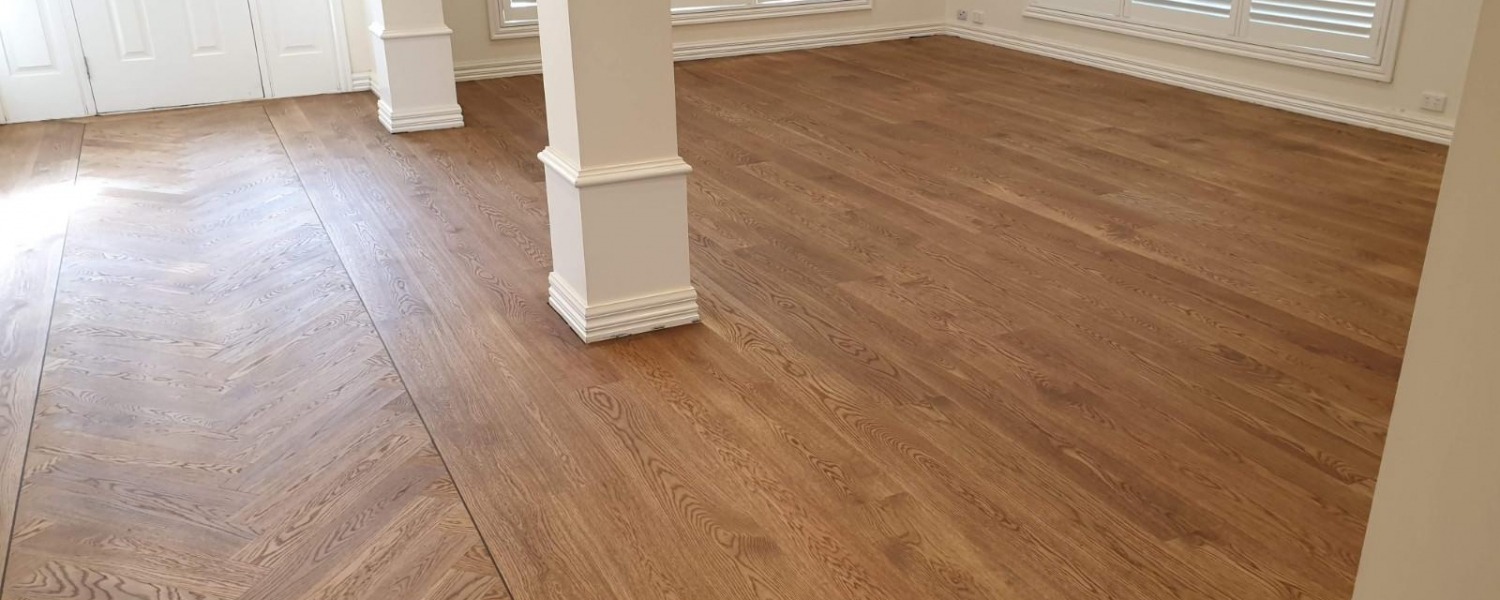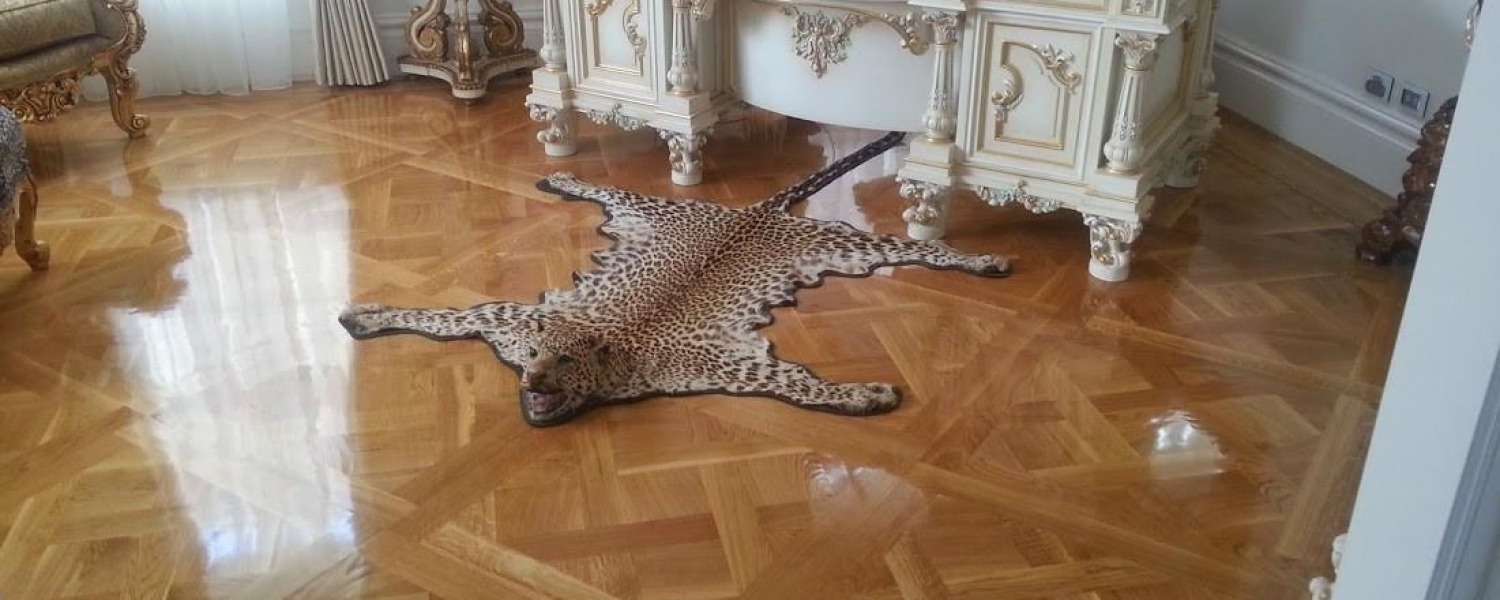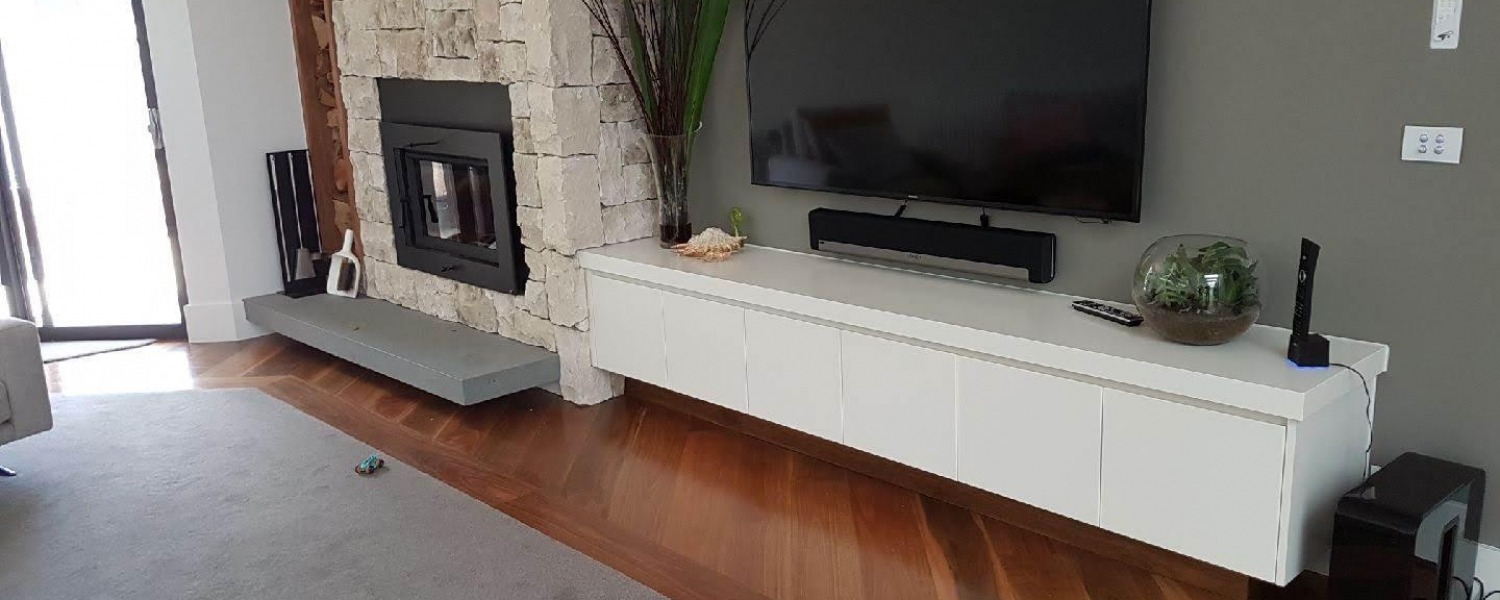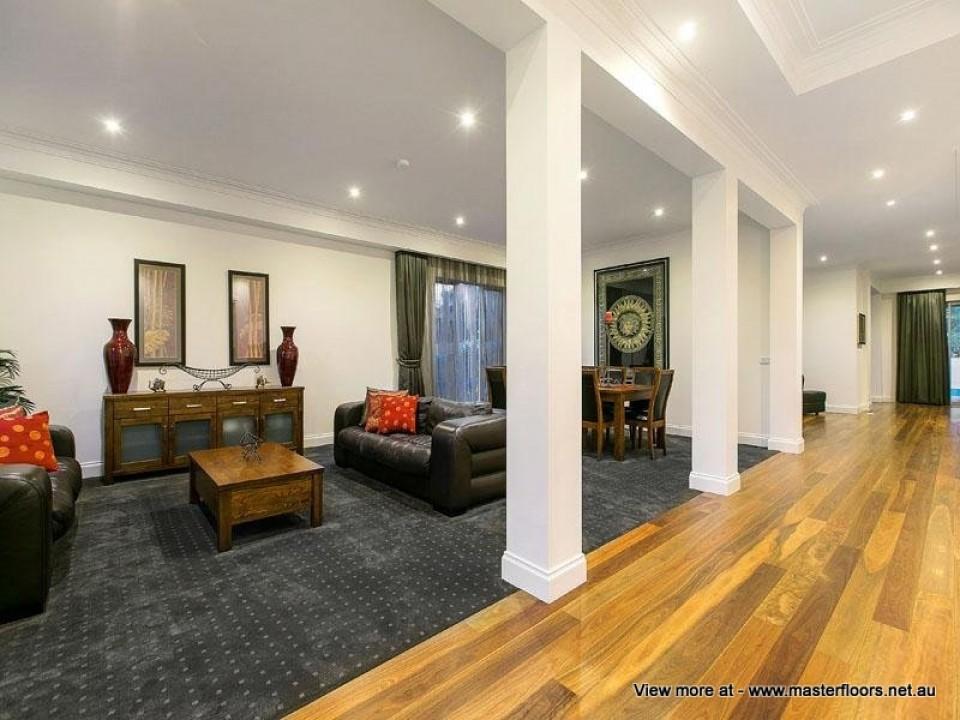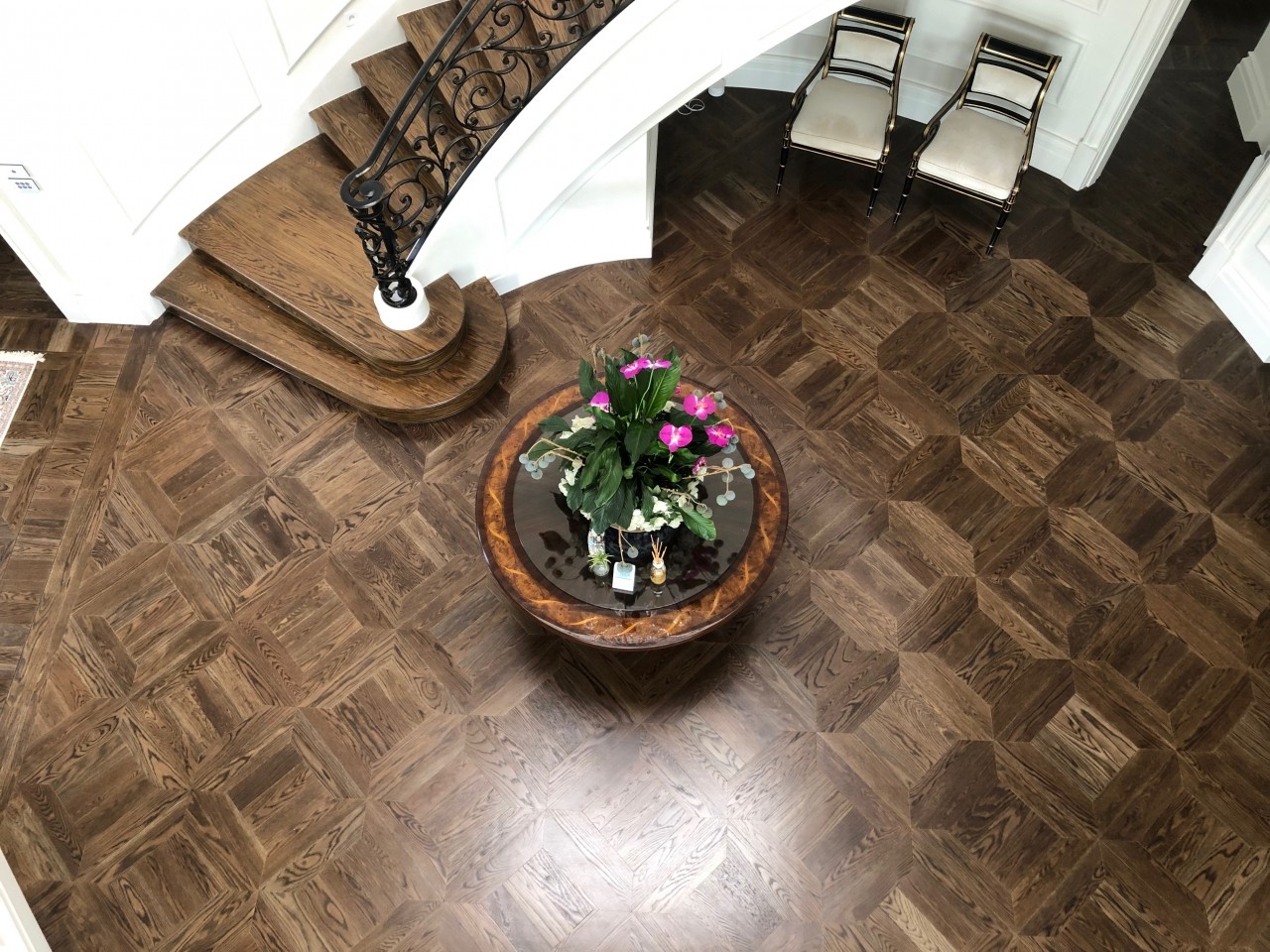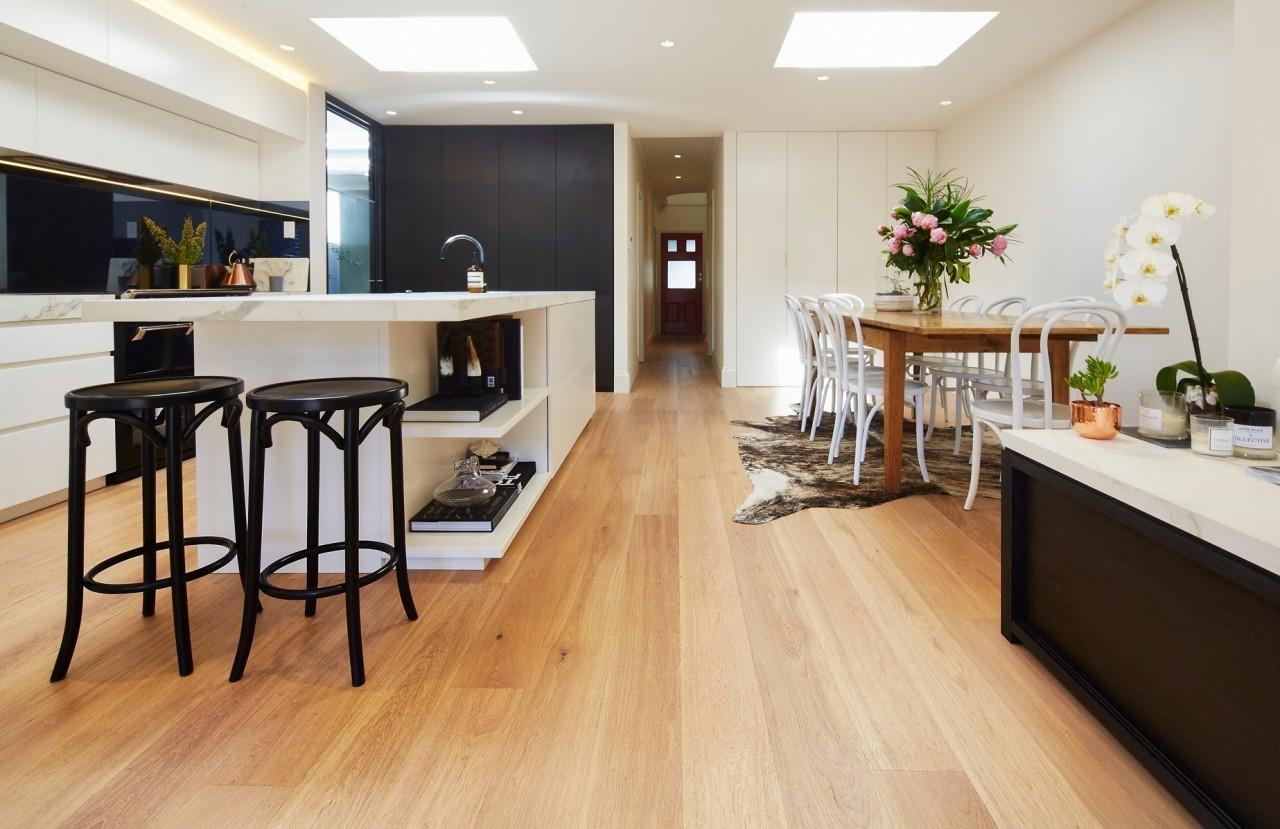- 03 9354 4717
- This email address is being protected from spambots. You need JavaScript enabled to view it.
- Mon - Fri 9:00:- 5:00 Sat 10:00 - 2:00
Grey Ironbark
Botanical name | Eucalyptus paniculata Eucalyptus drepanophylla Eucalyptus siderophloia Eucalyptus decepta | ||||||||||
Origin | Grey Ironbark grows in the coastal districts of New South Wales and Queensland. | ||||||||||
Trading names | Grey Ironbark | ||||||||||
Appearance |
| ||||||||||
General comment | The wood is very heavy, hard and compact, making working with the timber difficult.
It is hard to nail and planes with difficulty. Slow in drying and needs careful handling to avoid surface checking. | ||||||||||
Common uses | Heavy engineering construction, marine construction, poles, piles, sleepers, flooring, decking shipbuilding. | ||||||||||
Properties (See notes below) | Hardness rating
Lyctid Susceptibility of Sapwood
Termite Resistance of Heartwood (inside above ground)
Marine Borer Resistance of Heartwood
Natural Durability Rating of Heartwood Above Ground
Natural Durability Rating of Heartwood In-Ground Contact
|
Density: 'Green Density' (GD) is the density of the wood at the time the living tree is felled. It varies considerably with the season, weather conditions, the age of the tree and so on; the quoted figure must therefore be accepted as a guideline only and when accurate green density figures are required for, say, assessment of transport costs, it is advisable to carry out accurate determinations on the materials involved.
'Dry Density' or 'Air Dry Density' (ADD) is the average density of the wood at 12 per cent moisture content. It too varies with conditions of growth, climate and maturity of wood.
There are published figures for both Green Density and Air Dry Density of most commercial species.
The figures given above have been rounded to the nearest 50.
Hardness rating: The hardness rating of a timber species is measured by the Janka Test. This is a standard test which measures the penetration into the timber of a common load and projectile. The results relate to a hardness capacity of the material and are expressed in kN. This information is useful where the timber may be subject to potential damage from impacts e.g. a dance floor. There are 2 sets of published figures; one for 'Green' or freshly felled timber and one for seasoned timber - i.e. timber with a moisture content of 12%.
The ratings given here are:
Soft - less than 5.5
Moderate - 5.5 to 7.0
Hard - 7.1 to 10.0
Very Hard - greater than 10.0.
Lyctid susceptible sapwood: Only the sapwood of some hardwoods is susceptible to lyctid borer attack. No softwoods are susceptible to attack.
Natural durability ratings: The natural durability rating of a timber species is a rating of the timber's resistance to attack by wood destroying fungi and wood destroying insects. The sapwood of all timber species has poor resistance and so the natural durability rating applies only to the heartwood of a timber species. The rating is based on the testing of stakes and poles embedded in the ground and on expert opinion of historical performance. There are 2 sets of ratings: one for above ground use and one for in-ground contact use. The lower the number the higher the performance in terms of durability. This information is useful for specifying material for external or exposed applications.
View More Pages
Monticello Parquetry by Masterfloors
by MasterFloors
Timber Flooring Gallery - By Masterfloors
by MasterFloors
French Oak
by MasterFloors

